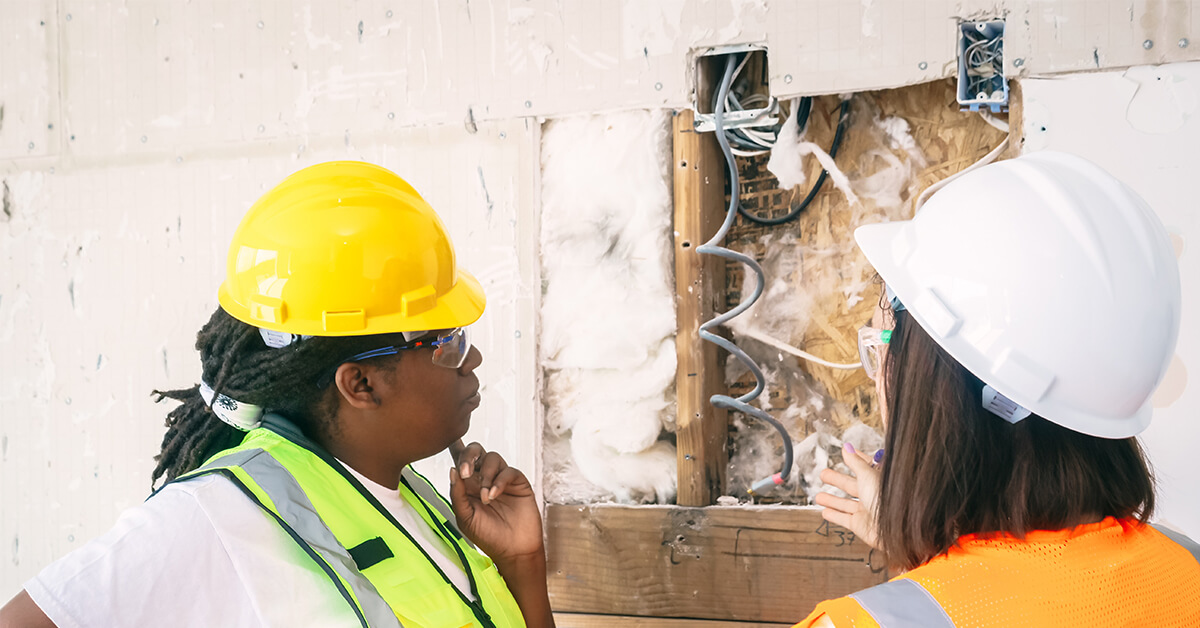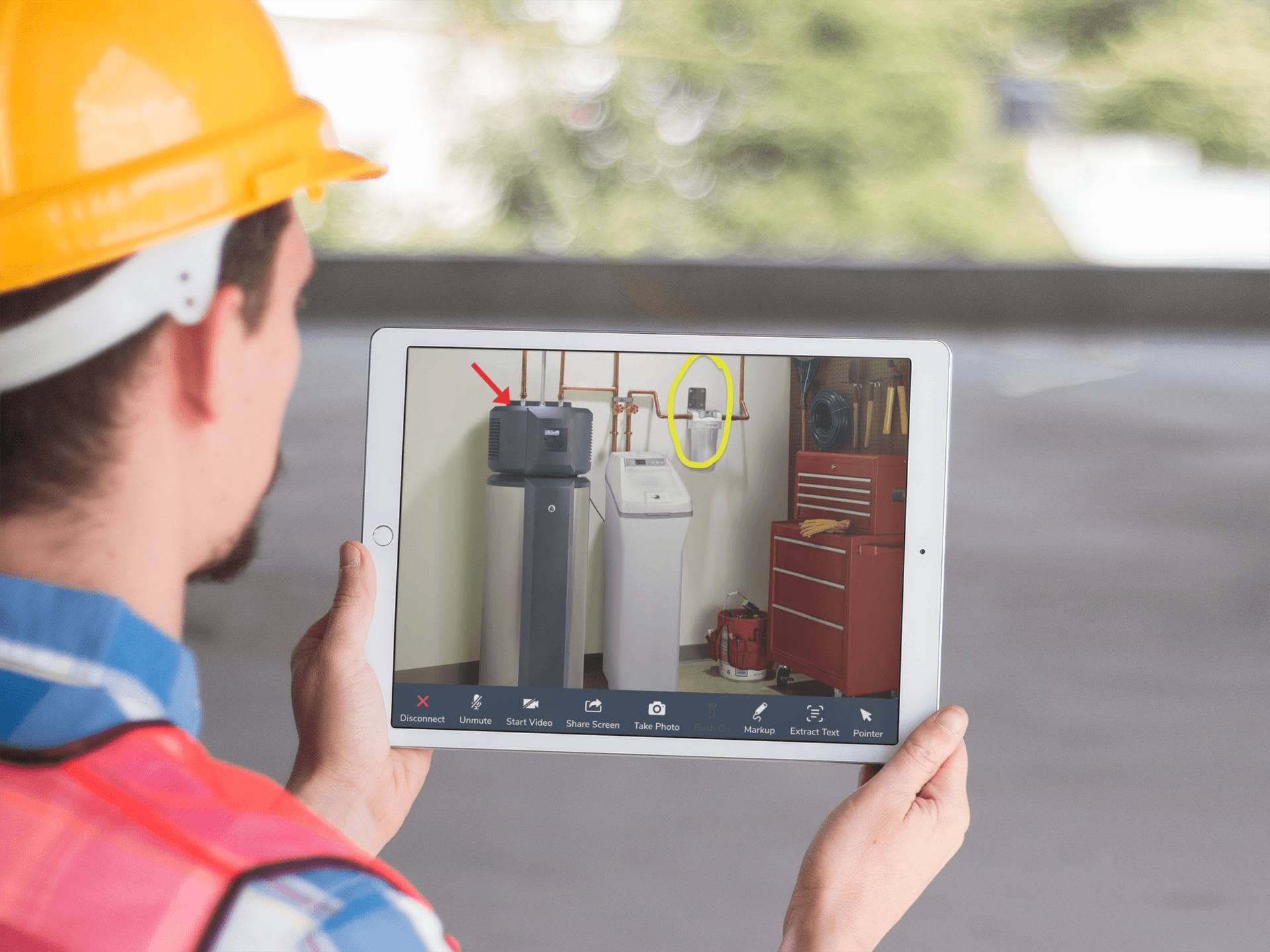3 Ways Visual Support Can Help Improve Your Remote Workforce’s Mental Health
Although mental health concerns in the workplace aren’t new, the COVID-19 pandemic has created a unique mental health crisis – and customer care agents are feeling the effects.
A 2020 industry report found that 87 percent of agents feel high or very high levels of workplace-related stress. Managers should take note: Mental health problems can negatively impact productivity, absences, and turnover rates.
Your agents need a workplace culture of wellness. But building one can be challenging, especially if your teams are hybrid or remote. Working from home comes with new stressors, and they may be here to stay.
Your path forward doesn’t have to be an uphill battle: The right tools make it easier to adapt and create lasting change. In this article, we’ll offer three ways that remote visual support can help you take better care of your employees’ mental health.
#1: Visual Support Humanizes Customer Interactions
Whether remote or hybrid, each customer care center comes with different kinds of stressors. However, one that nearly every customer care agent can relate to is impersonal contact.
Think about day-to-day life in a typical customer care center. Agents spend most of the workday speaking with customers over the phone – there’s no way to see the customer, so they can’t read visual cues. What’s left amounts to little more than a disembodied voice, making it tough to relate to whoever’s on the line.
The takeaway: for agents and customers, phone calls create barriers that limit building rapport, which can have a serious impact on your agent’s mental health.
When agents and customers don’t have the tools to create stronger connections, it’s easier for both sides of the conversation to miscommunicate and misread the tone. And when agents and customers aren’t on the same page, both sides can get frustrated, and stress levels rise.
Your agents need a solution that fosters greater personal connection in the workplace. Remote visual support can help by enabling both sides to see each other, which breaks down barriers to forge a stronger bond. We call this human connection “visual empathy.”
When you use the right tools to help agents and customers bond, you’ll help reduce customer frustration. Research shows that more than 50 percent of customers want more empathetic customer care calls. So, using remote visual support can improve customer satisfaction and reduce employee stress.
The length of each call can make individual human bonds seem small. But connections add up over time, paying dividends when it comes to the long-term wellness of your remote workforce.
#2: Reduce Stress with Video Enablement
If you’re like many customer care center managers, there’s a good chance you closely monitor your agents’ average handle times (AHT). But this kind of KPI could actually be harming your employees’ mental health.
At customer care centers, agents can’t always control how long calls take, especially if customers are frustrated or long-winded. Even so, AHT often remains a primary KPI – and the intense pressure to meet targets can create a high-stress work environment. To improve your agents’ mental health in the workplace, you need to measure them on fair KPIs that can help them grow.
Here’s another place where remote visual support's strength shines through. When you use remote visual support in your workplace, you can help your agents deliver on a similarly valuable KPI: first-call resolution (FCR).
Visual support uses the power of visual empathy to create an environment where both agents and customers want to resolve issues in one go. Calls might last a bit longer, but FCR is great for all parties, your company included: you’ll reduce the need for a follow-up call or an expensive truck roll.
Shifting the focus to FCR will play to your video-enabled agents’ strengths and take less of a toll on their mental health. To create a healthier workplace environment using remote visual support…
- Prioritize FCR over AHT.
- Regularly celebrate issue resolutions with encouraging words and non-financial rewards.
- Offer skills-based ways to improve FCR via video interactions.
#3: Use Video Tools to Deepen Coworker Connections
Whether your agents are working in-office or remotely, customer care work mainly happens alone. Siloed work isn’t healthy, though, especially when remote: it can increase feelings of isolation and disengagement. Research shows that…
- Seven in 10 remote or hybrid workers feel siloed.
- 63 percent of remote or hybrid workers feel less engaged.
The effect: isolation can worsen depression and anxiety, which gets in the way of building a healthier workforce. Visual empathy with customers can only go so far – your agents need ways to feel connected to their coworkers as well.
Wondering how you can help foster those deep personal connections? While remote, consider…
- Holding regular video-based team meetings.
- Making space for video-based one-on-ones with supervising staff.
- Hosting virtual social events.
Keep Remote Visual Support in Your Mental Health Toolkit
With the Great Resignation afoot, more workers than ever are citing mental health among their reasons for quitting. Don’t let your agents be one of them: use visual support to minimize stress and prove that you care.
Face-to-face interactions are more valuable than ever, and visual support should be a cornerstone of any remote workforce’s mental health toolkit. Blitzz offers an industry-specific tool to help customer care agents connect with the people they speak to most. If you’re interested, try out a demo today.
.png?width=120&height=55&name=Blitzz-Logo-right%20white%20eyes%20-%20not%20transparent%20(3).png)



